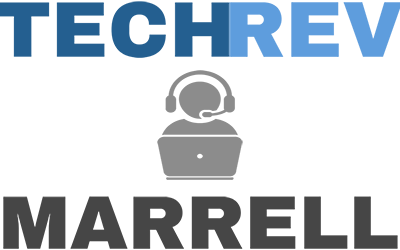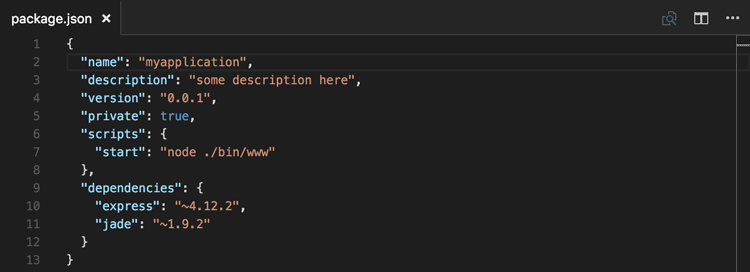[et_pb_section bb_built=”1″][et_pb_row][et_pb_column type=”4_4″][et_pb_image _builder_version=”3.0.98″ src=”http://www.techrevmarrell.com/wp-content/uploads/2018/06/teams_mobile_icon.png” show_in_lightbox=”off” url_new_window=”off” use_overlay=”off” always_center_on_mobile=”on” force_fullwidth=”off” show_bottom_space=”on” align=”center” /][et_pb_text _builder_version=”3.0.98″ background_layout=”light”]
So, unless you’ve been completely away from the Microsoft collaboration ecosystem called Office 365 for a while, you’re probably a little bit familiar with the tool called Teams. This is not to be confused with well a SharePoint team site. (teamsite)? I mean granted a Team can contain a place for files, wiki’s and honestly gets built with a SharePoint team site for the Team, and well it’s for collaboration but it’s not the same thing. You’re just going to have to trust me here. 🙂
Now if you’re familiar with Skype, Slack, Hangouts, iMessage or a plethora of other communication and collaboration tools that are in the office environments, then I’m sure you’ll be fine understanding this new tool. I personally was a little bit of a skeptic when this tool first arrived. My initial thought was “oh great.. another tool to do the same thing this previous tool was doing”. But the more I used Teams the more I think I started to like it. Especially in an environment like ours where so much information, requests, banter, meme’s comes at us like the Niagara falls!
There’s some great information about Teams available over on the Docs.Microsoft.com site, matter of fact the next couple paragraphs where pulled directly from it.
“Microsoft Teams brings together the full breadth and depth of Office 365, to provide a true chat-based hub for teamwork and give customers the opportunity to create a more open, fluid, and digital environment. Microsoft Teams is built on existing Microsoft technologies woven together by Office 365 Groups.
Out of the box, Teams leverages identities stored in Azure Active Directory (Azure AD) and integrates with the other services within Office 365, to create a SharePoint online site and an Exchange Online group mailbox for each team created.
Anyone with a business or consumer email account, such as Outlook, Gmail, or others, can participate as a guest in Teams. All guests in Teams are covered by the same compliance and auditing protection as the rest of Office 365, and guests can be managed securely within Azure AD. Admins can centrally manage how guests participate within their Office 365 environment and easily view, add, or revoke a guest’s access to the host tenant.
Teams provides a persistent chat capability, calling and meetings, easy access to other components of Office 365 as well as a robust extensibility story. This provides a hub for teamwork that is appropriate for enterprise companies, small organizations and everyone in between.
To extend Teams capabilities, use Connectors, Tabs, and Bots – available as Apps, to bring external information, content, and intelligent bot interactions to Teams.”
Known Issues:
Something I found helpful and interesting at the same time, is Microsoft has a published list of Known Issues with Microsoft Teams available as well.
Browsing through the list here. https://docs.microsoft.com/en-us/MicrosoftTeams/known-issues was actually very eye opening. It’s not a perfect tool, and I believe if we go into a rollout with this mindset and understanding it will help with the overall expectation of well.. what to expect. 🙂
Anyways, more to come about MS Teams!
[/et_pb_text][/et_pb_column][/et_pb_row][/et_pb_section]
(31)


